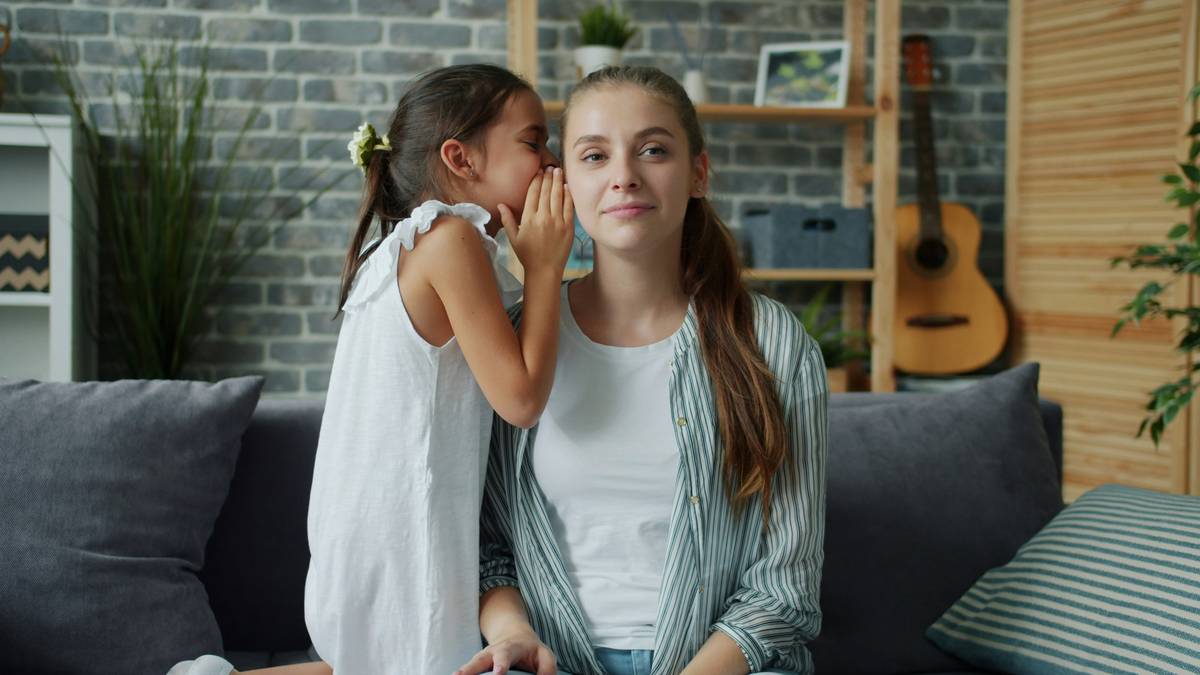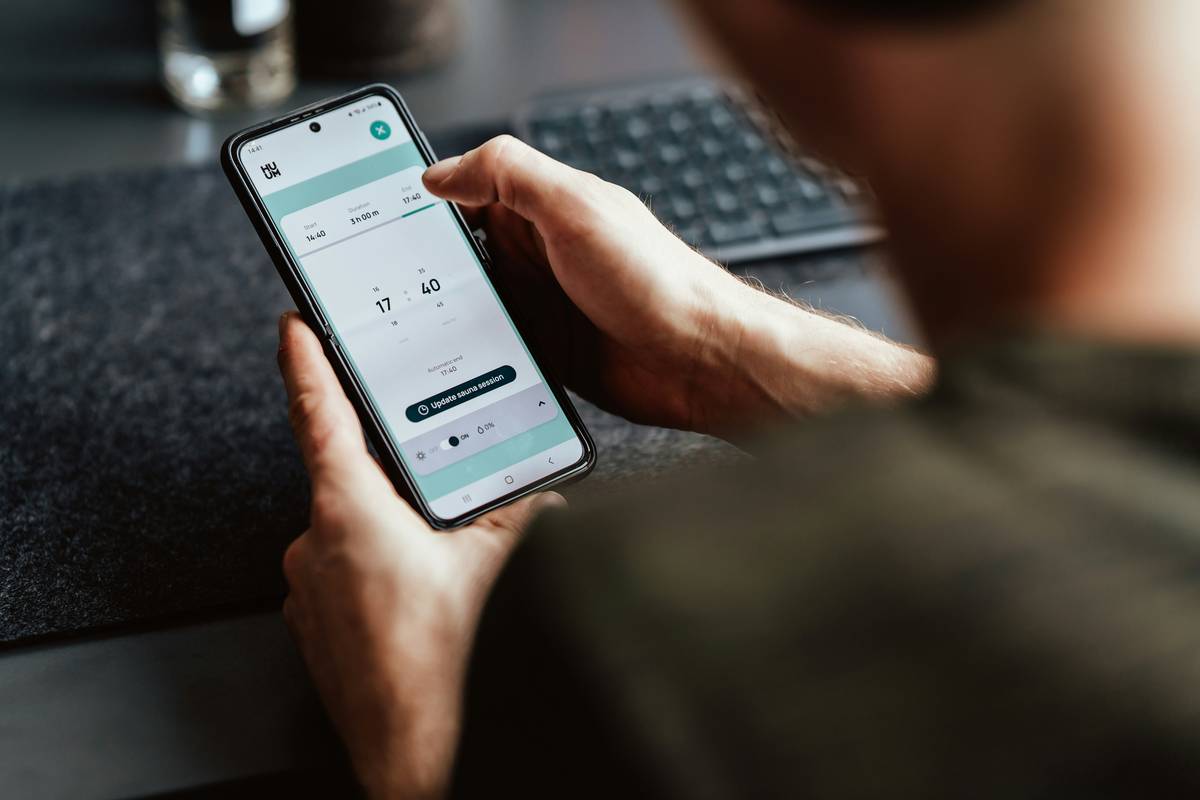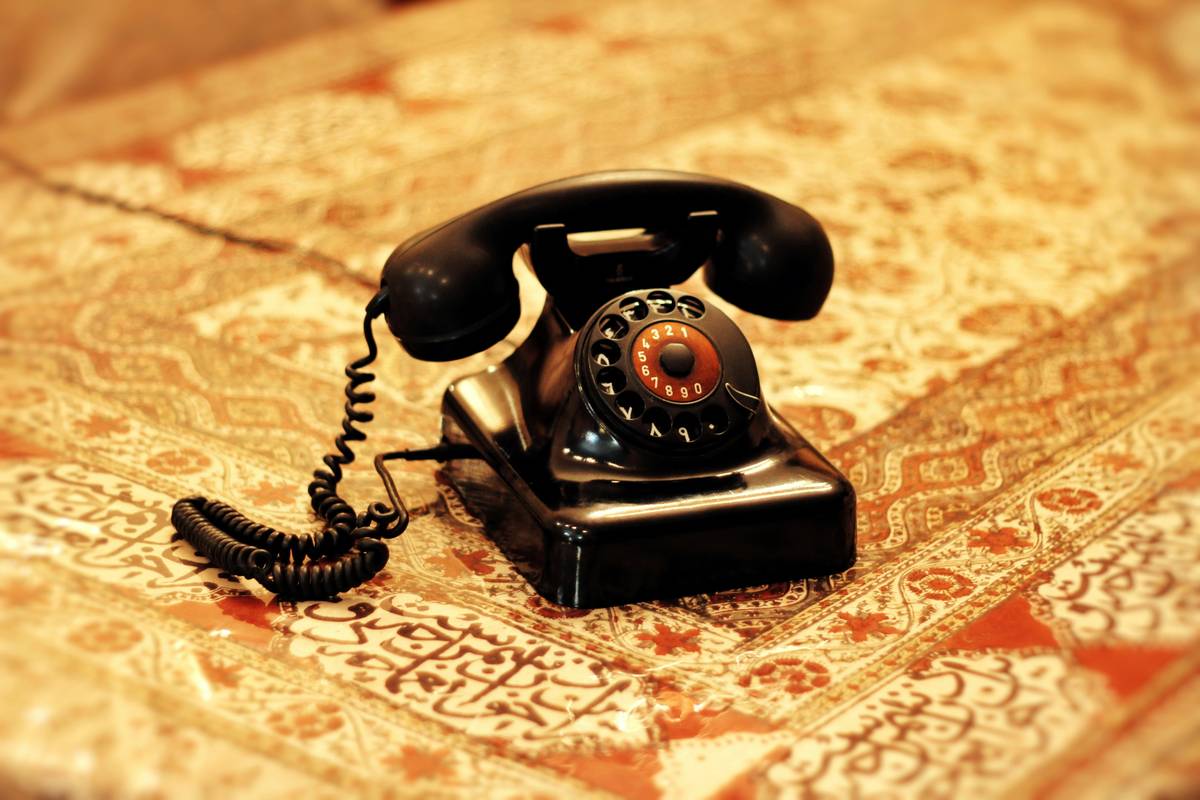Ever had a client dispute what was said during a phone call? Or worse, faced legal trouble because you didn’t comply with call recording laws? Yeah, it happens more often than you think. Businesses lose millions annually due to non-compliance with call recording regulations. That’s why mastering call recording compliance features isn’t just a “nice-to-have”—it’s essential for any business serious about productivity and staying out of hot water.
In this post, we’ll dive into the world of business phone features, specifically call recording compliance. You’ll learn:
- Why call recording compliance matters (and how ignoring it can crush your business).
- A step-by-step guide to setting up compliant call recording systems.
- Tips, best practices, and real-world examples to keep you ahead of the game.
Table of Contents
- Key Takeaways
- Why Call Recording Compliance Matters
- Step-by-Step Guide to Setting Up Compliant Systems
- Best Practices for Managing Call Recording Compliance
- Real-World Examples of Call Recording Done Right
- FAQs About Call Recording Compliance
Key Takeaways
- Call recording compliance protects businesses from lawsuits and ensures transparency with clients.
- Setting up compliance involves understanding regional laws, enabling consent notifications, and integrating secure storage solutions.
- Best practices include regular audits, clear policies, and leveraging advanced analytics tools.
Why Call Recording Compliance Matters
Picture this: I once worked at a company that recorded calls without notifying customers. It seemed harmless—until we got slapped with a hefty fine and some nasty PR fallout. Turns out, our lack of knowledge about GDPR (General Data Protection Regulation) in Europe made us non-compliant. Oops!
Here’s why you don’t want to repeat my mistake:
- Legal Risks: Different countries have wildly different rules about consent and data protection. For instance, in California (thanks to CCPA), you need explicit permission before hitting that record button. Failure to comply can lead to fines upwards of $7,500 per violation.
- Client Trust: People are weirdly sensitive about being recorded—but they’re also more likely to trust companies that explain their intentions. Think “transparency is key.”
- Data Security: Recorded calls contain sensitive info. If hackers access them? Whirrrr… sounds like your laptop fan on steroids while you scramble to fix it.

Step-by-Step Guide to Setting Up Compliant Systems
Optimist You: “This will be easy!”
Grumpy You: “Only if you’ve got an hour, five cups of coffee, and a lawyer.”
Alright, let’s walk through the process. Grab a pen—or better yet, bookmark this page:
Step 1: Know the Laws
Before anything, research local regulations. Use resources like EFF (Electronic Frontier Foundation) or consult legal experts. Key terms to know:
- One-party vs. Two-party consent states.
- GDPR, CCPA, PIPEDA, etc.
Step 2: Enable Consent Notifications
Your system should automatically notify callers. Example message: “This call may be recorded for training purposes.” Some VoIP providers even allow customizable messages.
Step 3: Integrate Secure Storage
Don’t dump recordings onto random hard drives! Invest in encrypted cloud storage solutions like AWS S3 or Google Cloud Storage.
Step 4: Audit Regularly
Schedule quarterly reviews to ensure ongoing compliance. Consider hiring a third-party auditor—because, honestly, who has time?

Best Practices for Managing Call Recording Compliance
Here’s where things get *chef’s kiss* good. Follow these tips to master your setup:
- Create Clear Policies: Document everything—from which calls get recorded to how long they’re stored.
- Leverage AI Analytics: Tools like CallRail analyze transcripts for sentiment and trends—not just compliance.
- Train Employees: Host workshops so everyone understands the importance of compliance.
- Disclaimer Rant: Whatever you do, DON’T ignore updates to compliance laws. New rules pop up faster than TikTok trends.
Real-World Examples of Call Recording Done Right
Take inspiration from brands killing it:
- HubSpot: Their CRM integrates call tracking and compliance seamlessly. Pretty slick!
- Zappos: Known for transparent customer service, Zappos informs customers upfront about recordings—and uses them wisely for quality assurance.

FAQs About Call Recording Compliance
Q: Do I really need consent for every single call?
Absolutely. Unless you live in a one-party consent state, skipping consent is like walking into Mordor unprotected. Terrible idea.
Q: Can small businesses afford compliance tools?
Yes! Many affordable VoIP services offer built-in compliance features. Look into options like Nextiva or RingCentral.
Q: What happens if someone declines consent?
You stop the recording immediately. No ifs, ands, or buts.
Conclusion
Mastering call recording compliance features might seem daunting, but it’s 100% worth it. Not only does it shield your business from potential disasters, but it also builds trust with clients. Remember: transparency = credibility. So go forth, set up those systems, and audit like pros!
And hey, treat yourself to a coffee break after reading this—you earned it.
Oh, and one last thing:
Data flows free, But privacy must stay. Compliance saves day.


